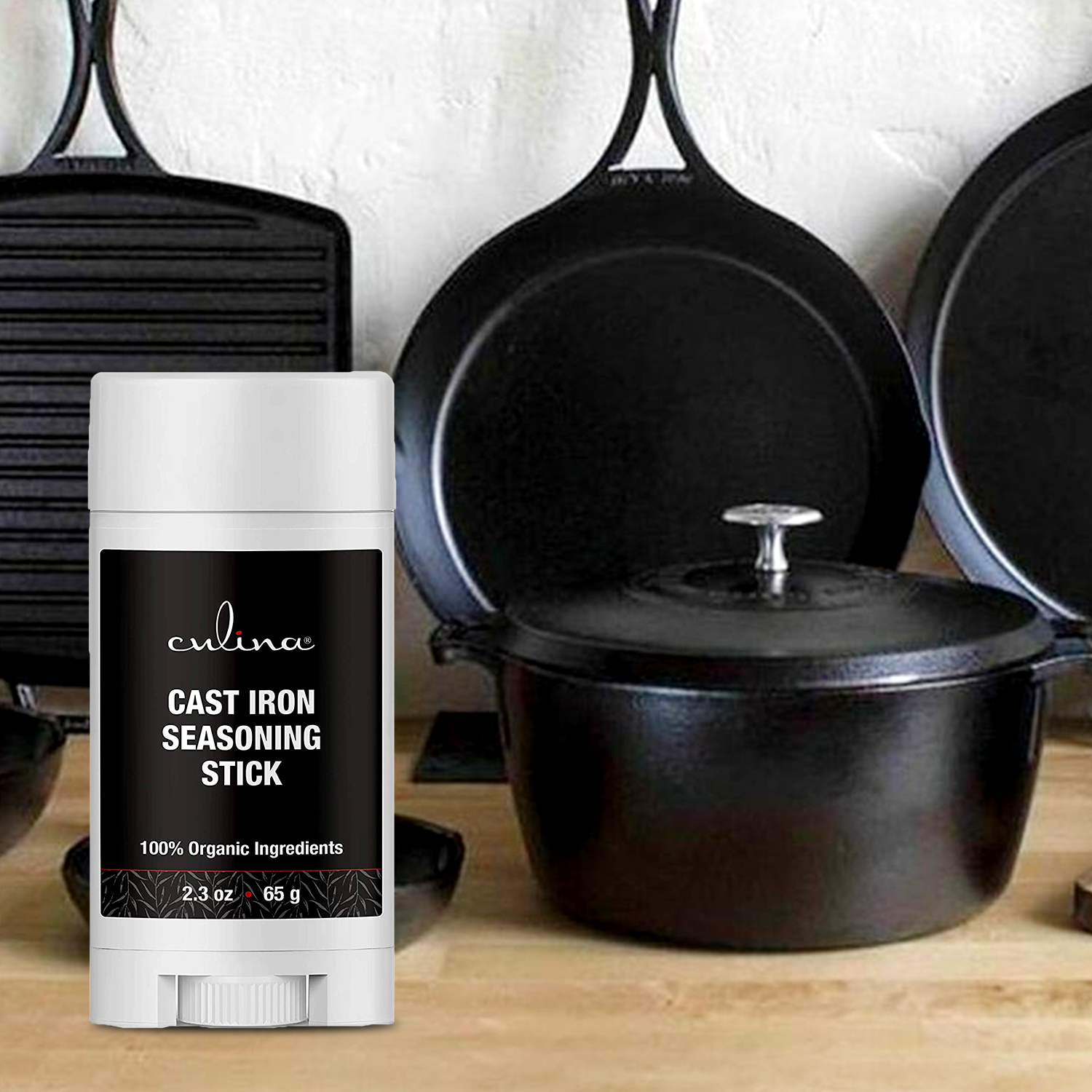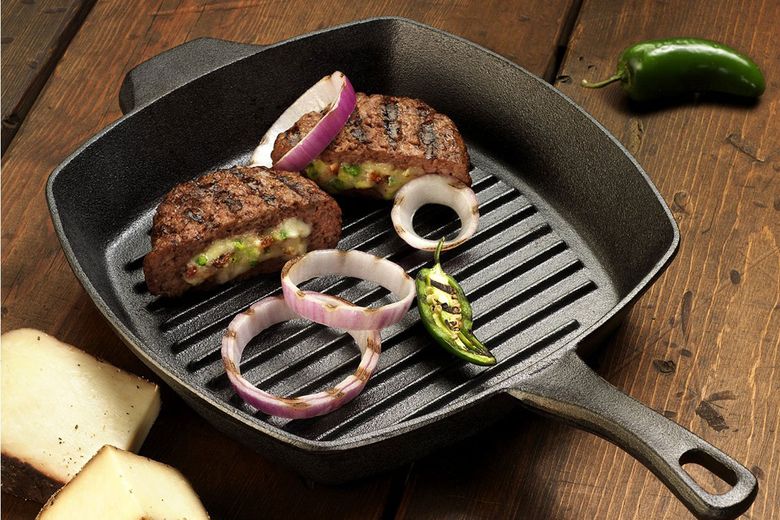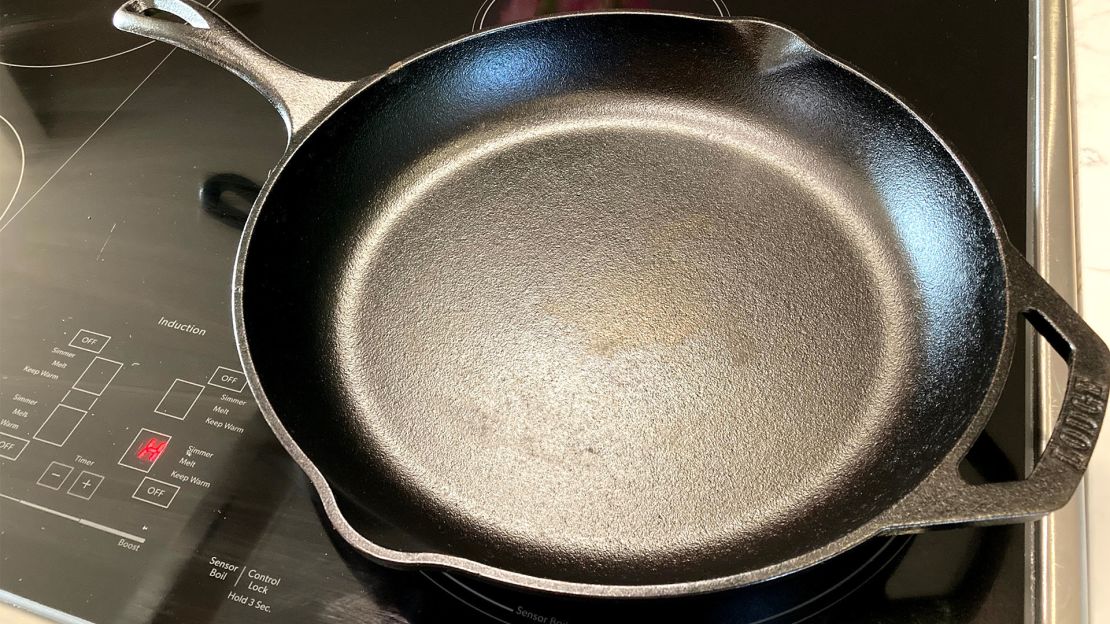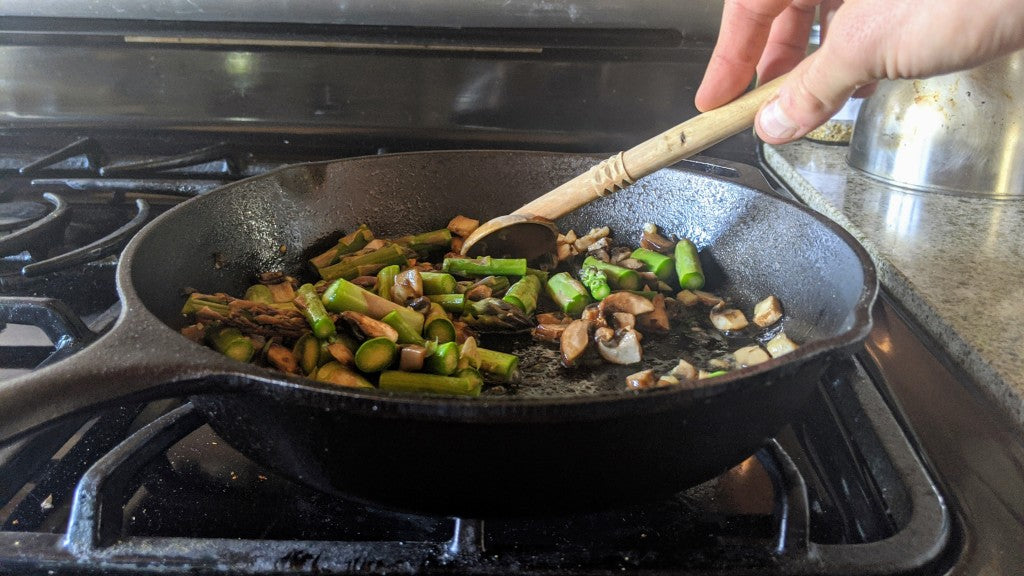If you're a kitchen professional, you likely know the importance of using high-quality tools in your culinary adventures. When it comes to preparing grilled dishes indoors, a cast iron grill pan is an invaluable asset. Learning how to use a cast iron grill pan can transform not only your cooking skills but also the flavors and textures of the meals you create.
In this article, we will explore the various aspects of using a cast iron grill pan, from the fundamental techniques to advanced cooking tips that will enhance your grilling experience. Whether you're searing meats, grilling vegetables, or trying to achieve those desirable grill marks, mastering this versatile pan can elevate your dishes to a whole new level.

Understanding Your Cast Iron Grill Pan
Before diving into the techniques, it's important to understand what makes a cast iron grill pan unique. These pans are renowned for their ability to retain heat, providing even cooking surfaces and exceptional browning capabilities.
Choosing the Right Size
When selecting a cast iron grill pan, consider the size that fits your cooking needs. A smaller pan may suffice for personal meals, while larger ones are perfect for entertaining guests. Remember, the right size can make all the difference in achieving perfectly grilled results.
Preparing Your Cast Iron Grill Pan
Once you've chosen your pan, the next step is preparation. Before using it for the first time, its essential to season your cast iron. This process involves coating the pan with oil and heating it to create a non-stick surface, allowing for an easy cooking experience.

How to Use Your Cast Iron Grill Pan
The process of using a cast iron grill pan can be broken down into several key steps:
1. Preheating the Pan
One of the most crucial steps in how to use a cast iron grill pan is to preheat it properly. To achieve the best results, place your pan on the stove over medium-high heat. Allow it to heat for several minutes until its hot but not smoking.
2. Oiling the Surface
Once the pan is hot, add a small amount of cooking oil to enhance the cooking surface. Use oils with a high smoke point, such as grapeseed or vegetable oil, to prevent burning and smoking during the grilling process.
3. Preparing Your Ingredients
Before placing your ingredients on the grill pan, prepare them correctly. For meats, consider marinating to enhance flavors, and for vegetables, ensure they are cut uniformly for even cooking.
4. Adding Ingredients to the Pan
When placing your ingredients in the pan, do so gently to avoid splattering. Arrange them in a single layer, allowing enough space for even cooking. Avoid overcrowding; if needed, grill in batches.
5. Cooking and Monitoring
During the cooking process, keep an eye on the ingredients. Regularly check for doneness and adjust the heat as necessary. Use tongs to flip and grill both sides evenly.
:max_bytes(150000):strip_icc()/peo-grill-pans-test-le-creuset-signature-cast-iron-10-25in-square-skillet-wdickey-437-5d1441edee0f4d81ac44633340fdd20f.jpeg)
Common Mistakes to Avoid
While using a cast iron grill pan can be straightforward, there are a few common mistakes kitchen professionals make that you can learn from:
1. Skipping Seasoning
Neglecting to season your pan can lead to sticking, ruining your beautifully grilled dishes. Ensure that every new pan you acquire gets the proper treatment.
2. Using High Heat Carelessly
Although cast iron pans retain heat exceptionally well, excessive heat can lead to burnt food. Always monitor your cooking and adjust as needed.
3. Overcomplicating Simple Dishes
Simplicity can often yield the best results. Avoid over-seasoning or over-thinking your dishes; rather let the natural flavors speak for themselves.

Cleaning and Maintaining Your Cast Iron Grill Pan
Proper maintenance is crucial for ensuring longevity and consistent performance from your cast iron grill pan. After grilling, allow the pan to cool down slightly before cleaning.
1. Rinse with Water
Wash the pan with hot water and a soft sponge. Avoid soap as it can strip the seasoning, and never place it in a dishwasher.
2. Dry Thoroughly
Once cleaned, dry your pan thoroughly to avoid rusting. Placing it back on the stove over low heat can help evaporate any residual moisture.
3. Reapply Oil
After drying, apply a thin layer of oil to the cooking surface to maintain its seasoning. Store the pan in a dry place to avoid moisture buildup.
FAQ Section
What should I avoid cooking in a cast iron grill pan?
Avoid cooking highly acidic foods such as tomatoes or vinegar-based sauces, as they can strip the seasoning and lead to metallic flavors.
How often should I season my cast iron grill pan?
Its a good practice to season your pan after every few uses or whenever you notice food starting to stick.
Can I use metal utensils on a cast iron grill pan?
Yes, but be cautious. Metal utensils can scratch the seasoning. Opt for wooden or silicone utensils for maximum care.
For additional tips on grilling techniques using other tools, check out our article on grilling vegetables. You can also explore various methods of using grill baskets, such as this guide on grilling vegetables in a grill basket. Don't miss our detailed instructions on using a grill pan to improve your cooking game. Lastly, for more grilling insights, visit our page about grilling indoors.
As an Amazon Associate, I earn from qualifying purchases.






Leave a comment
This site is protected by hCaptcha and the hCaptcha Privacy Policy and Terms of Service apply.